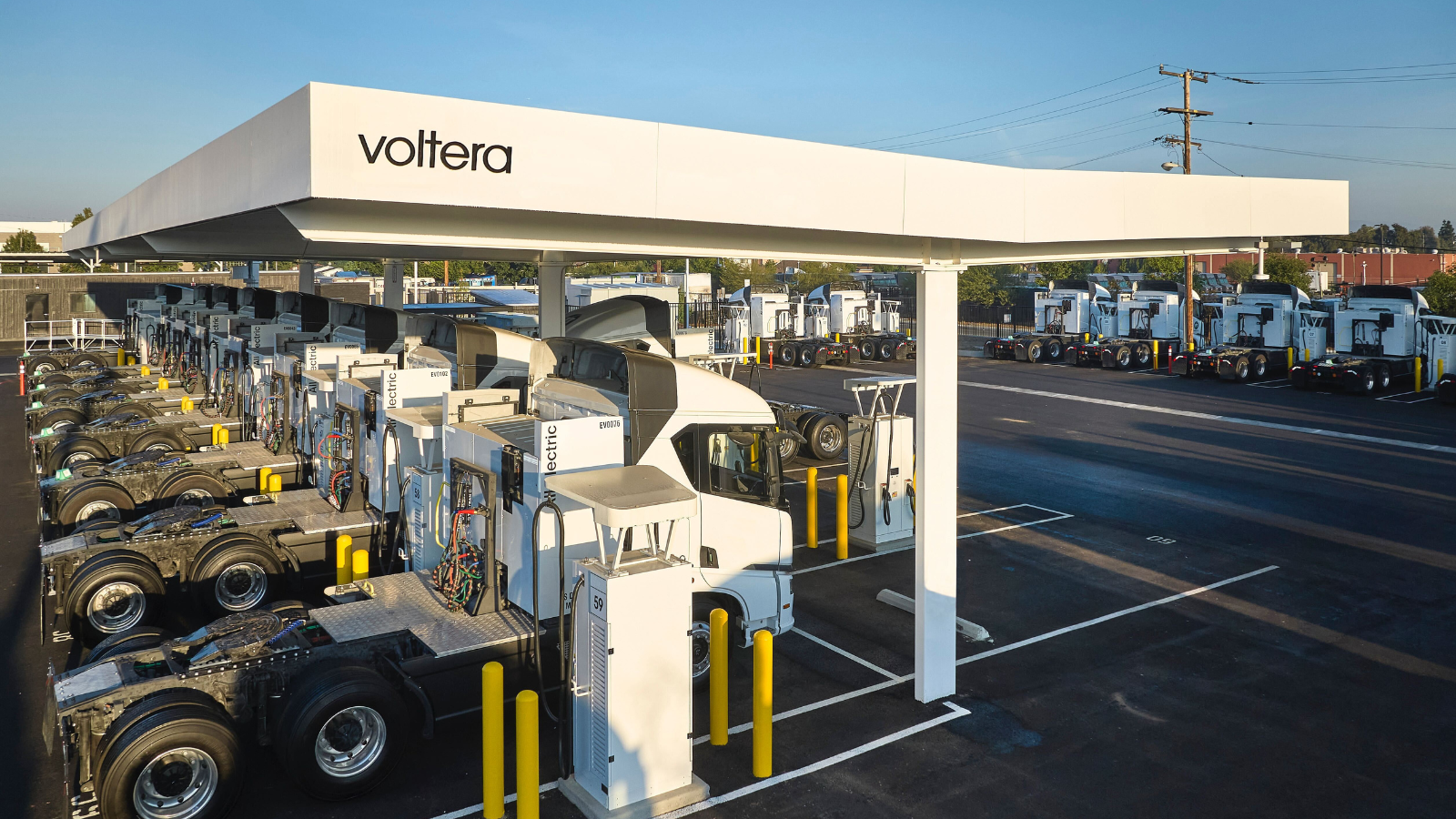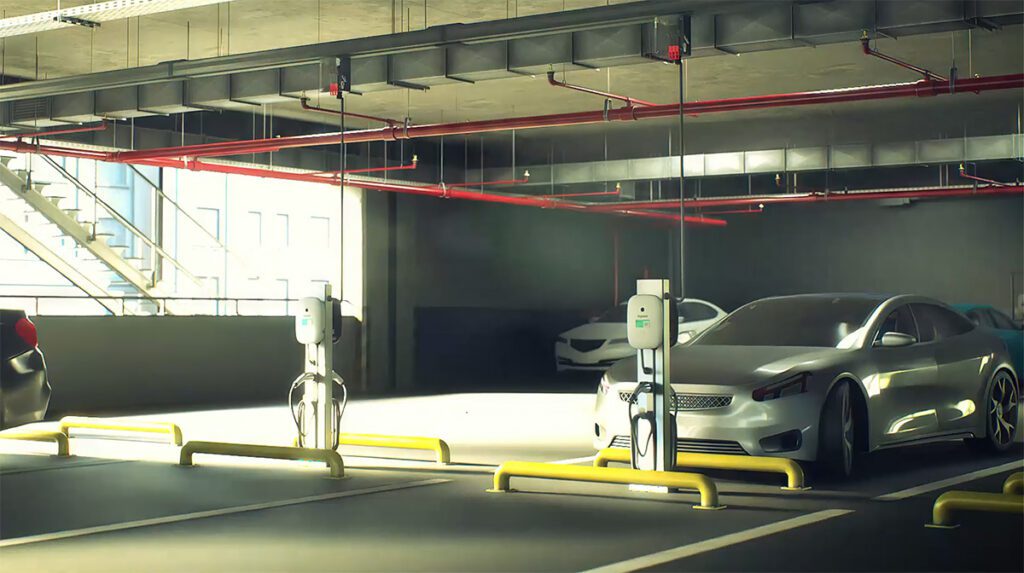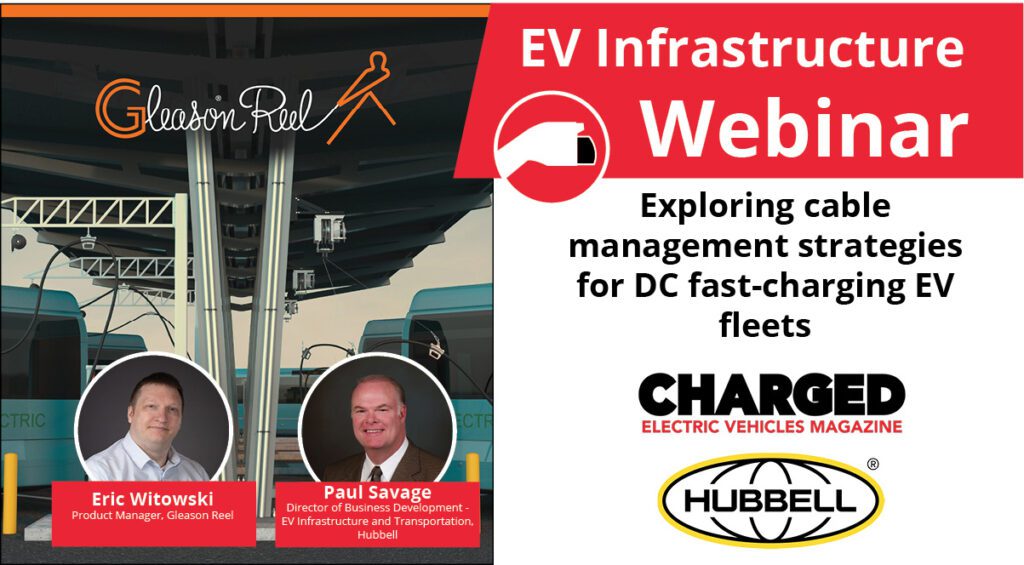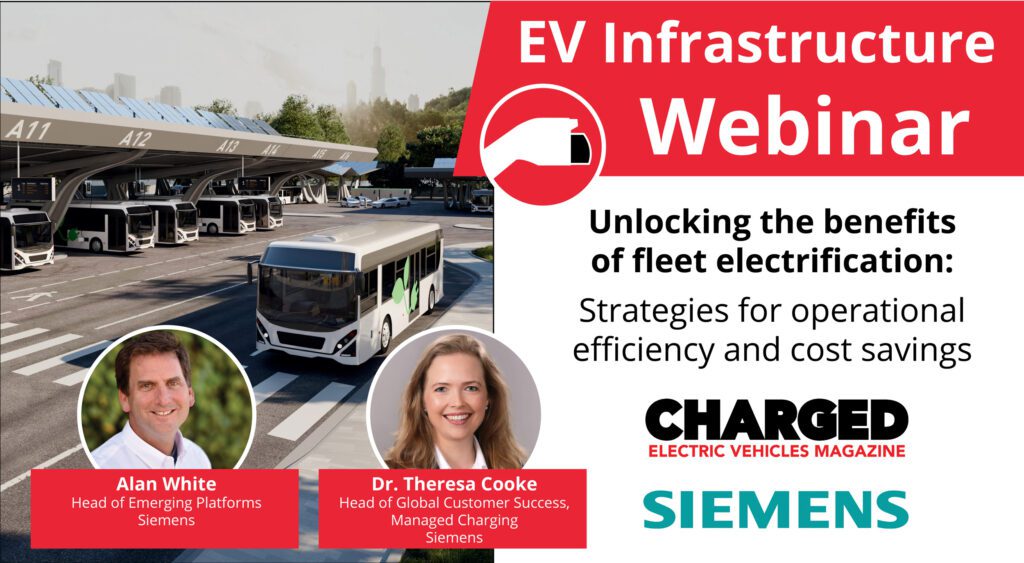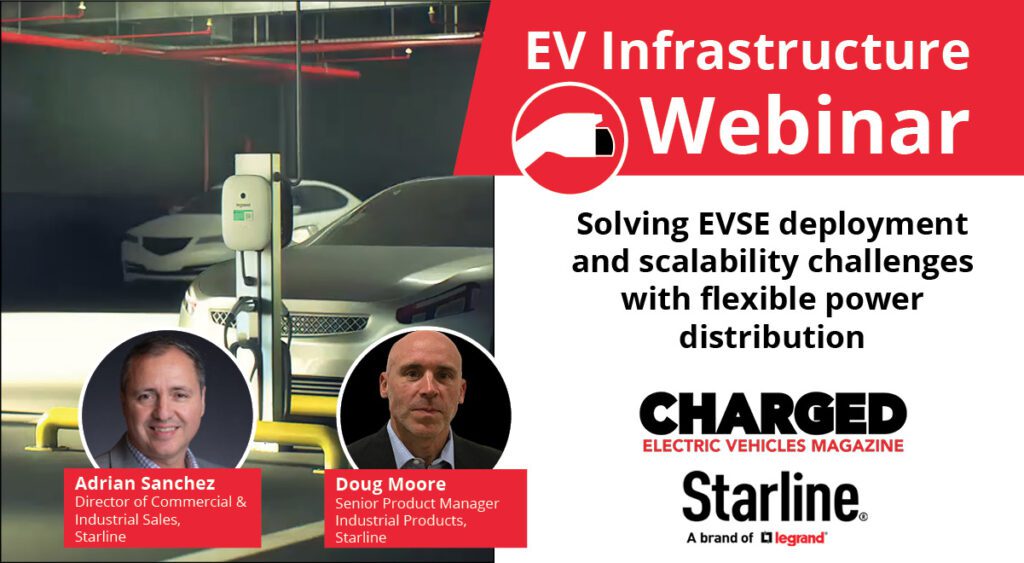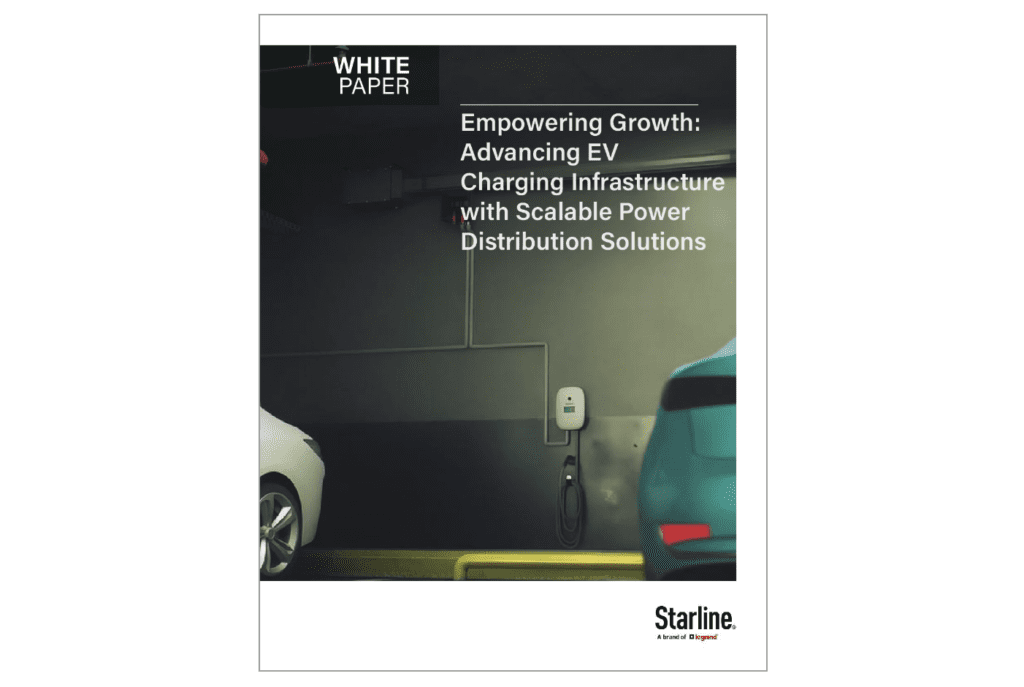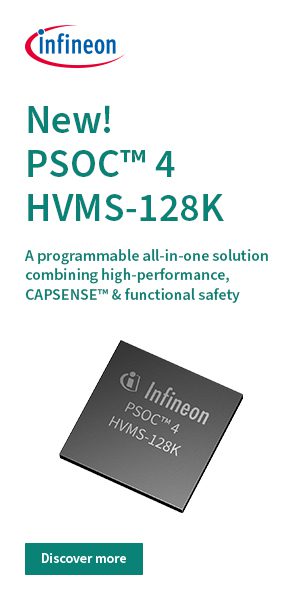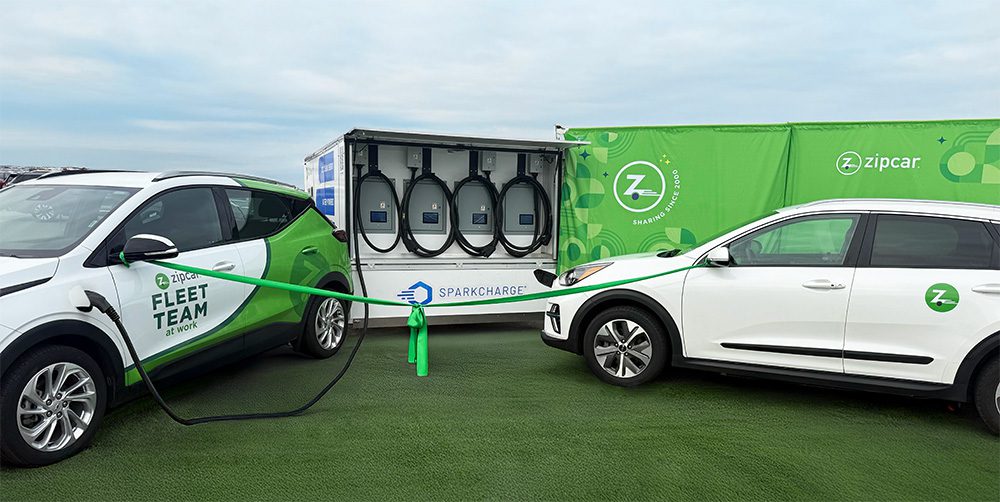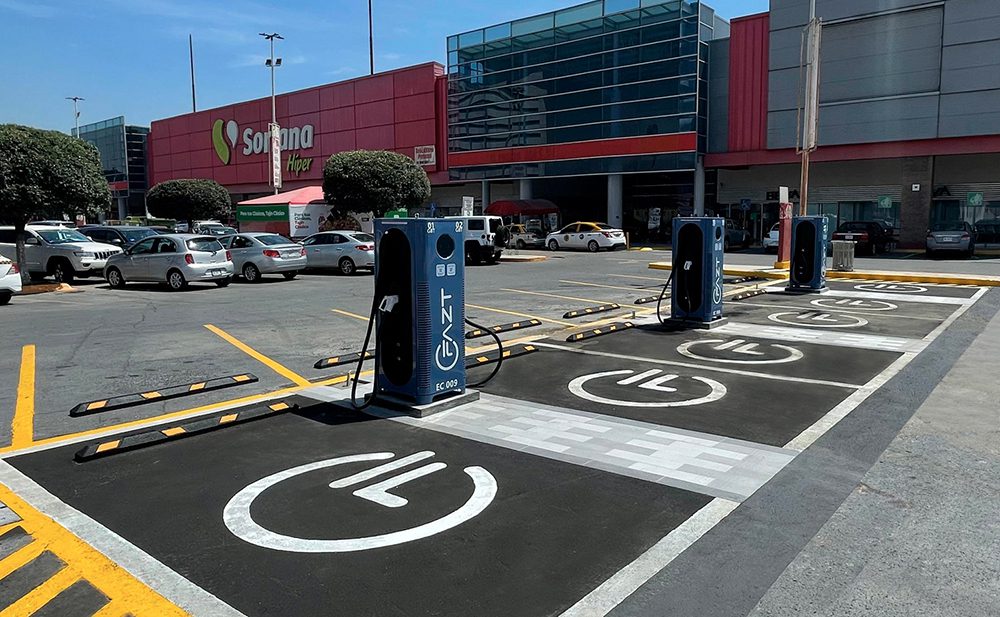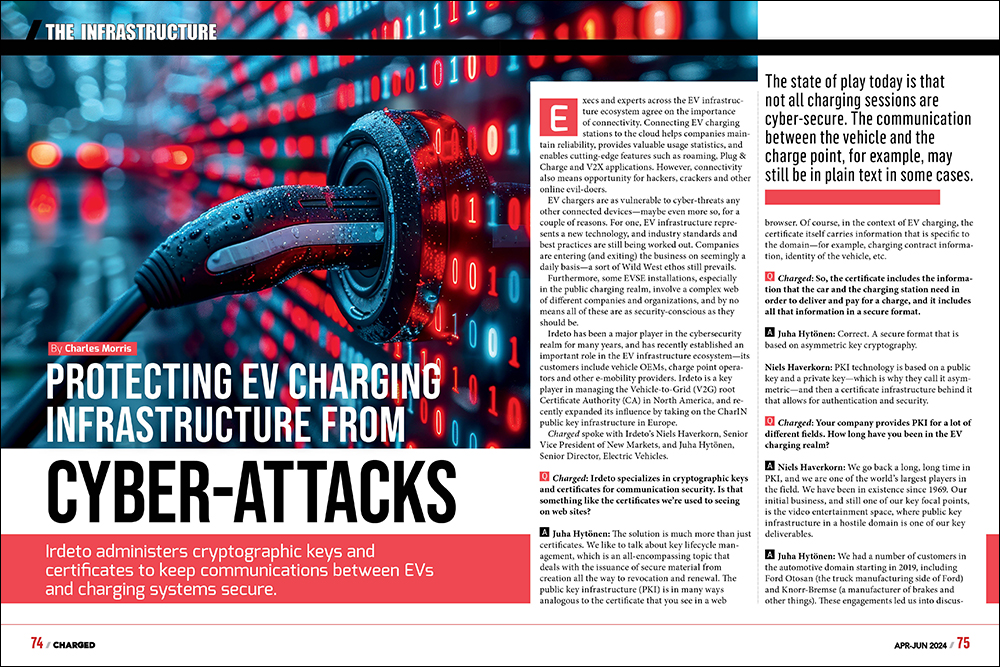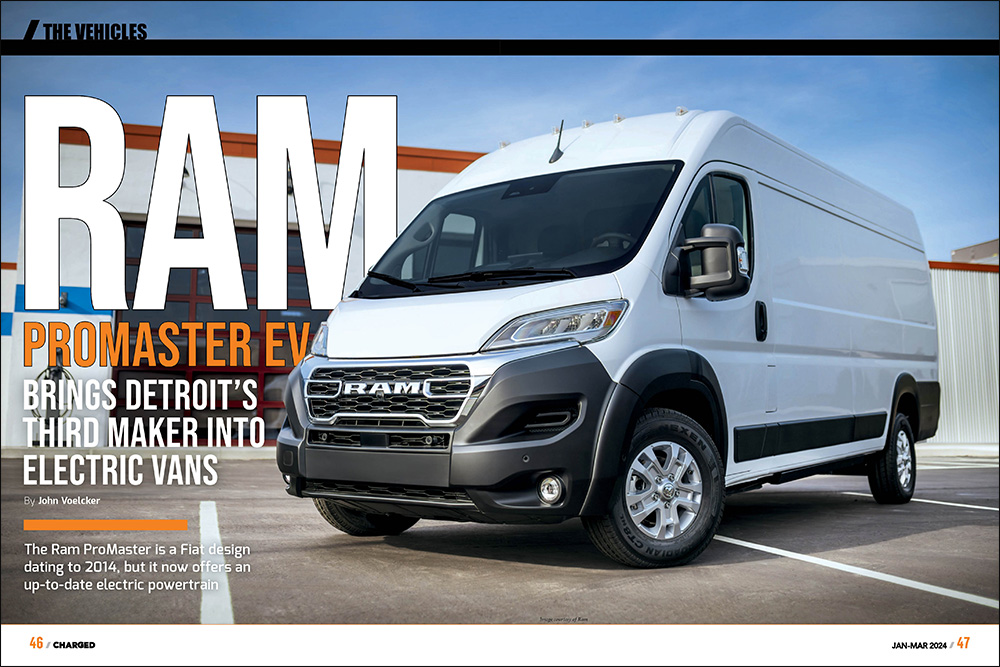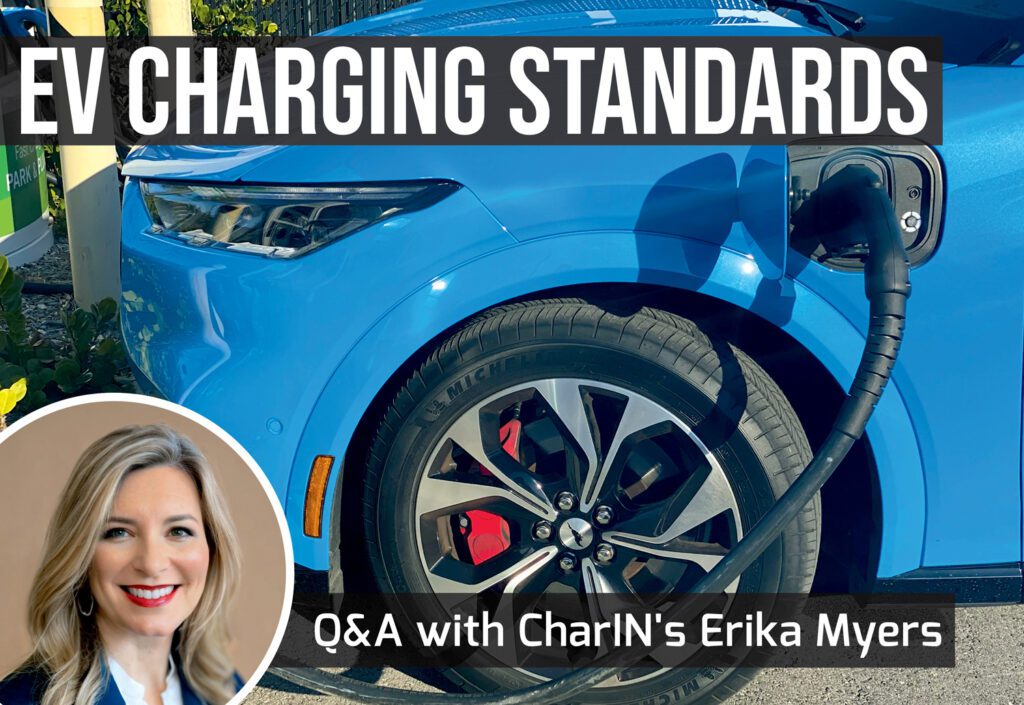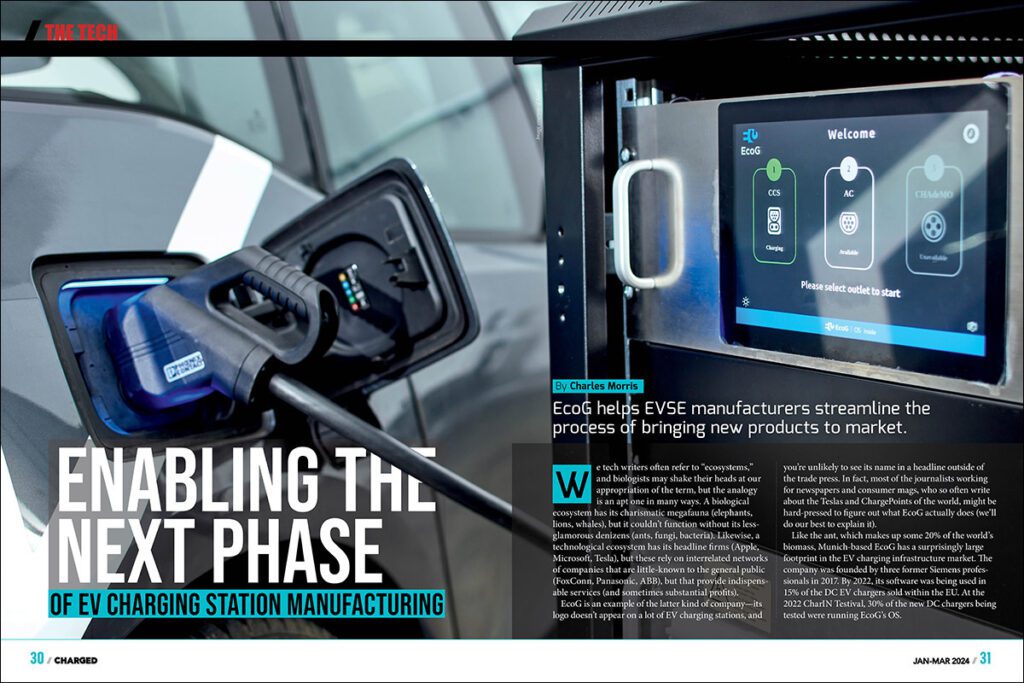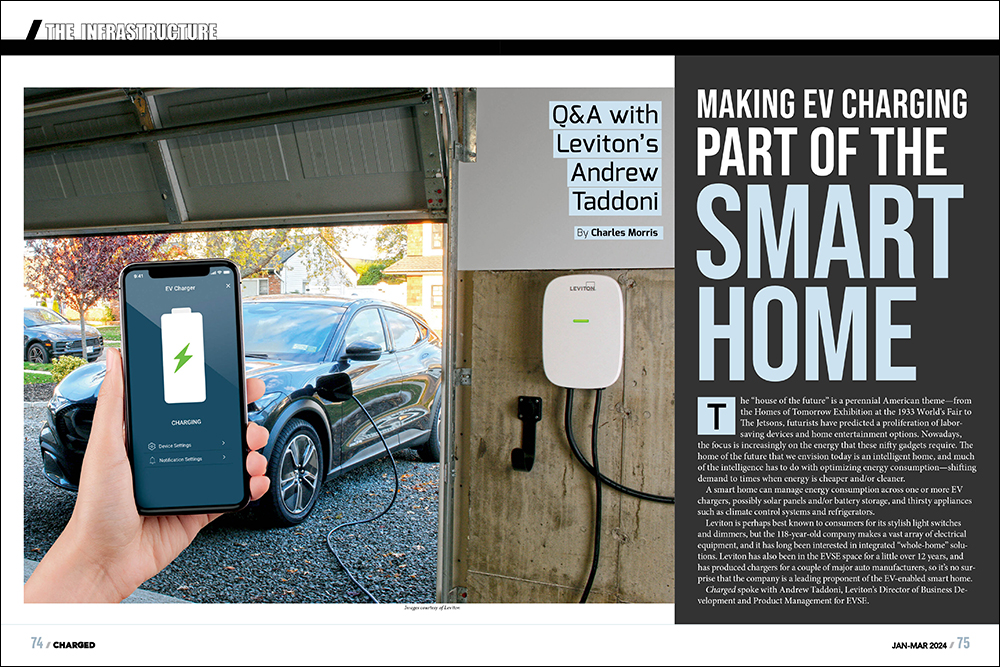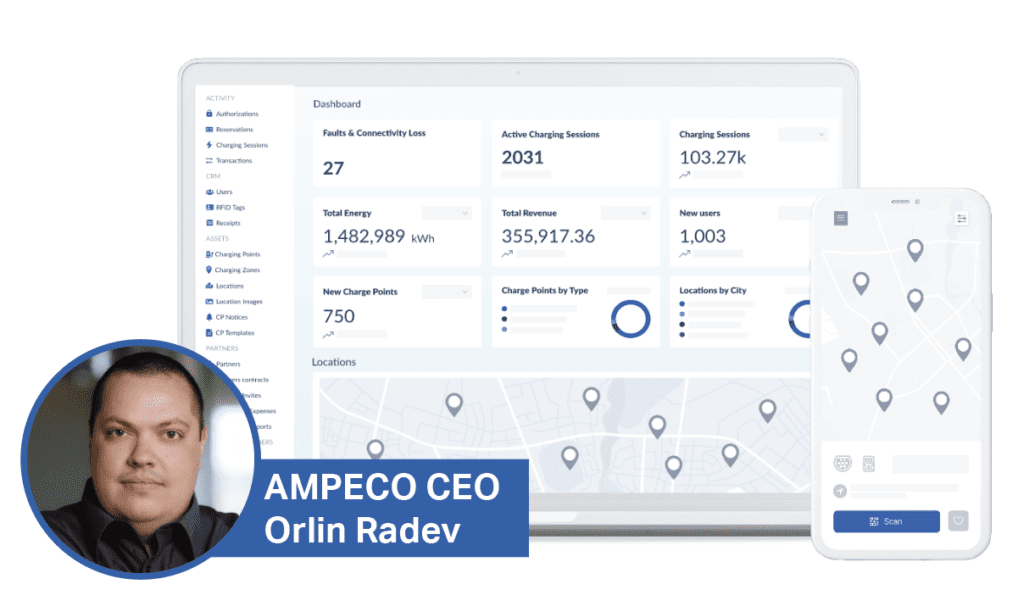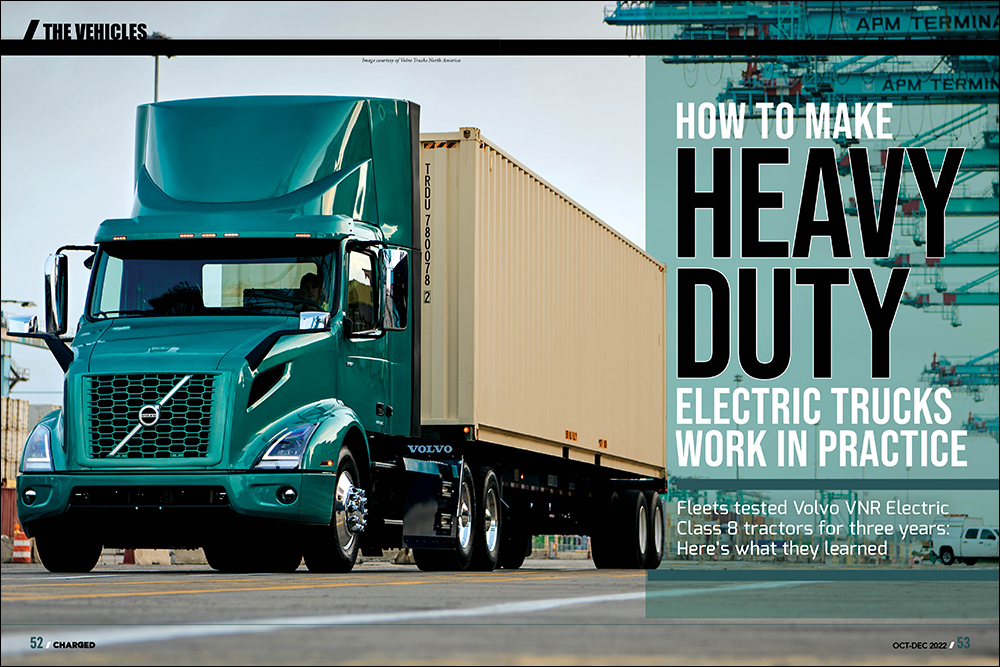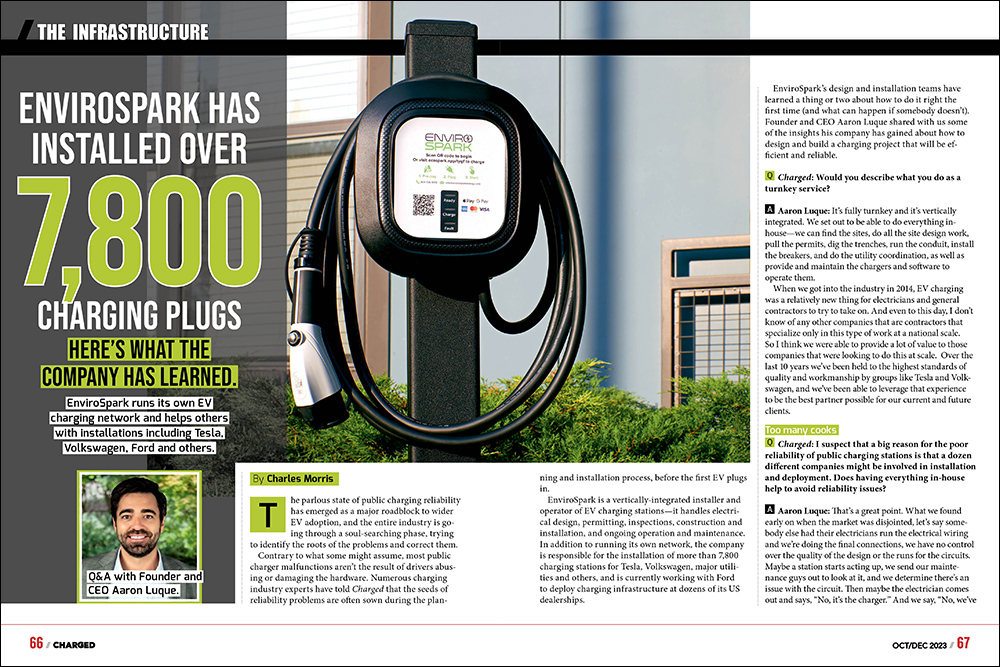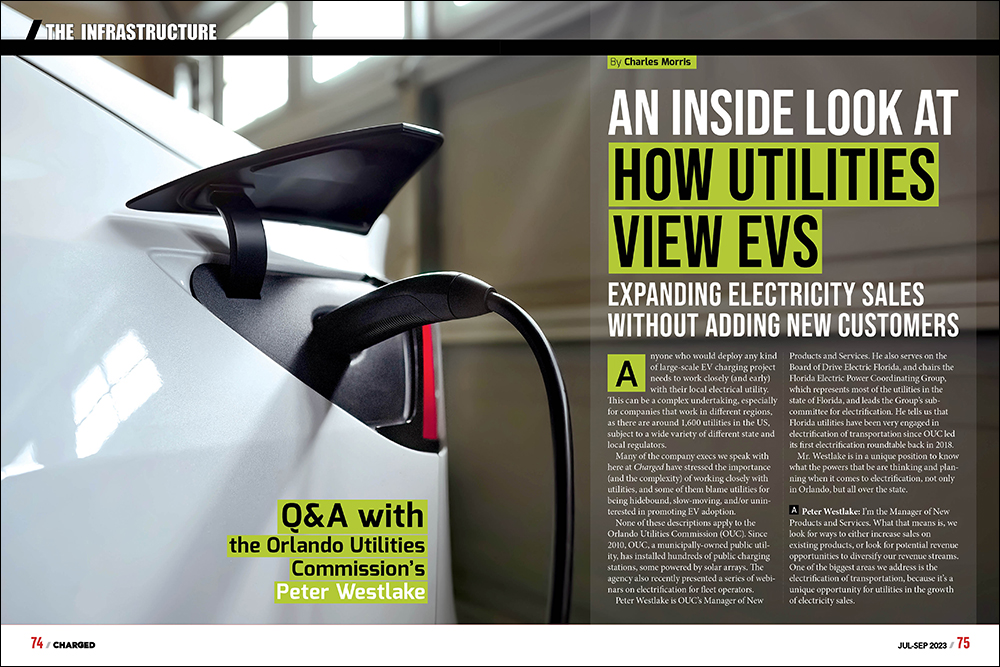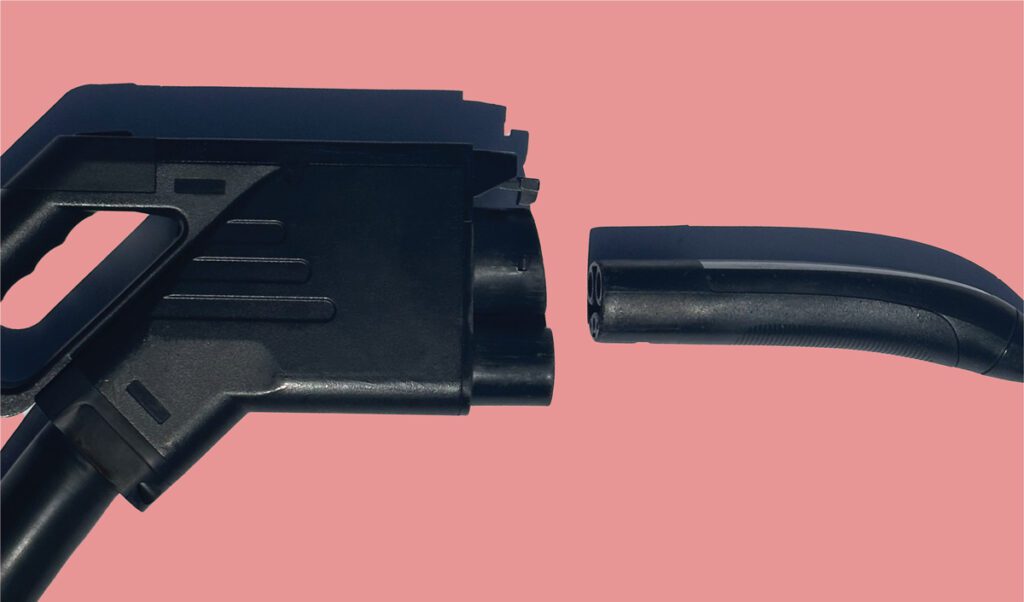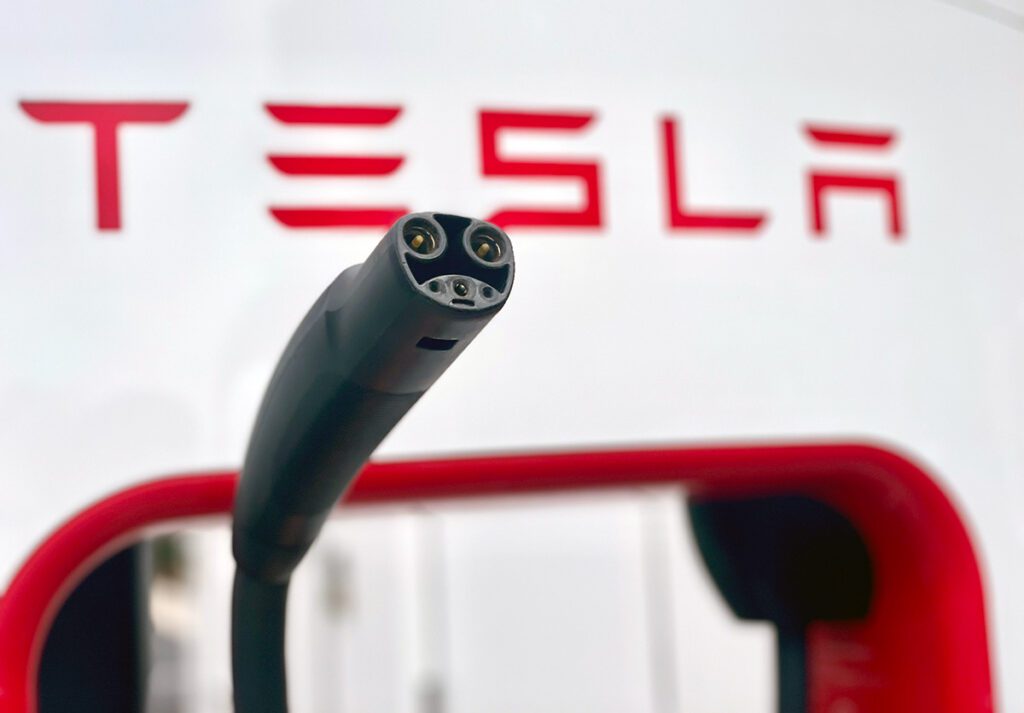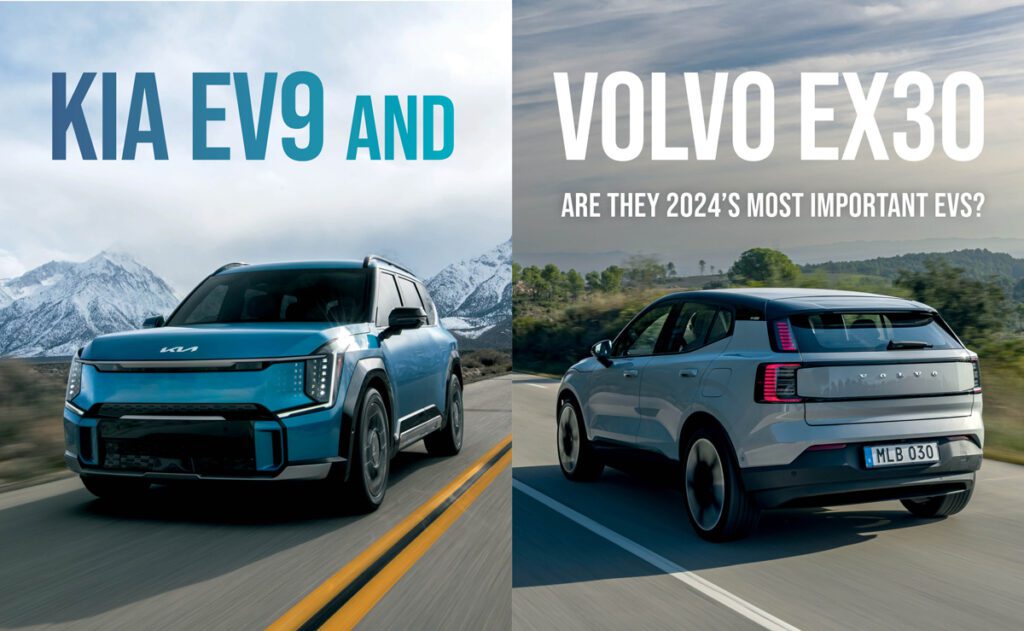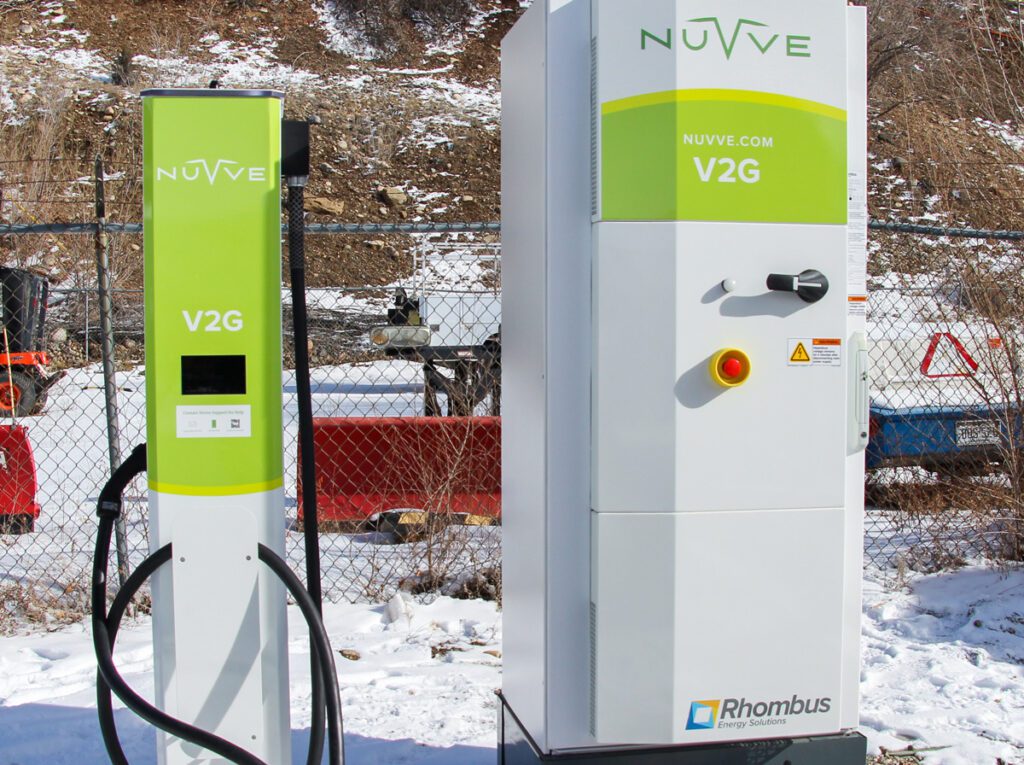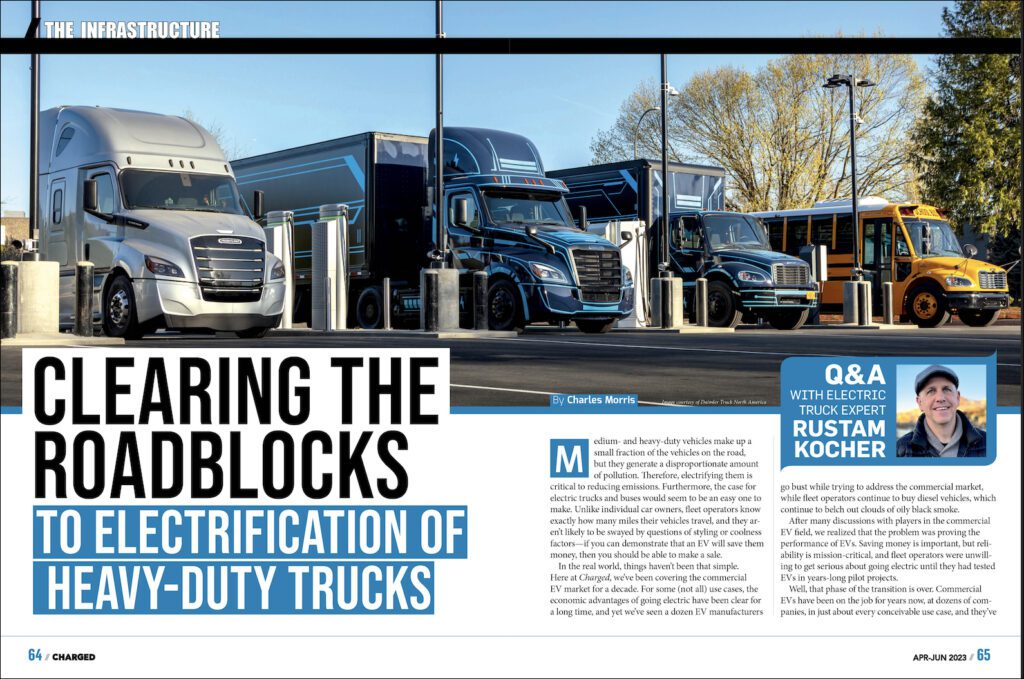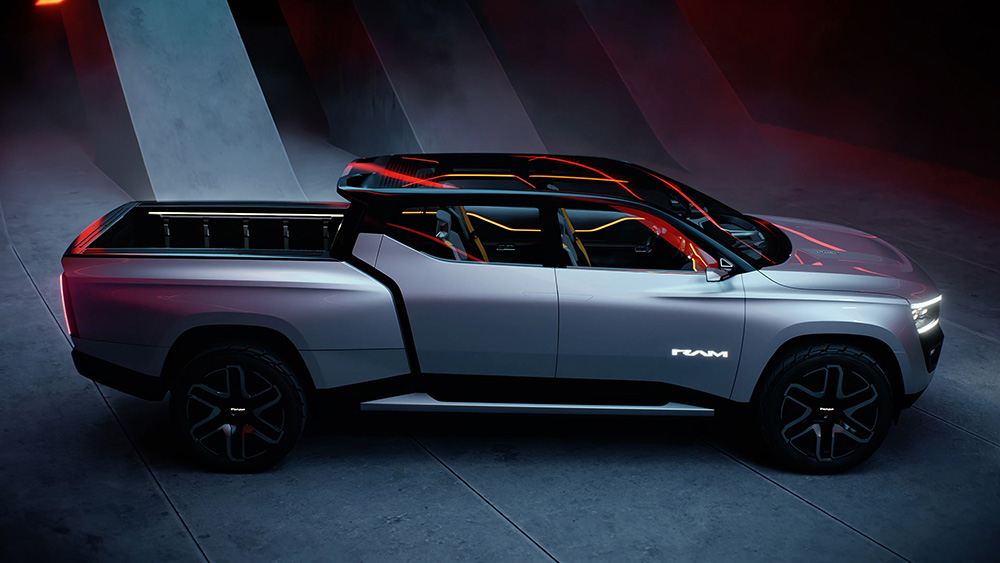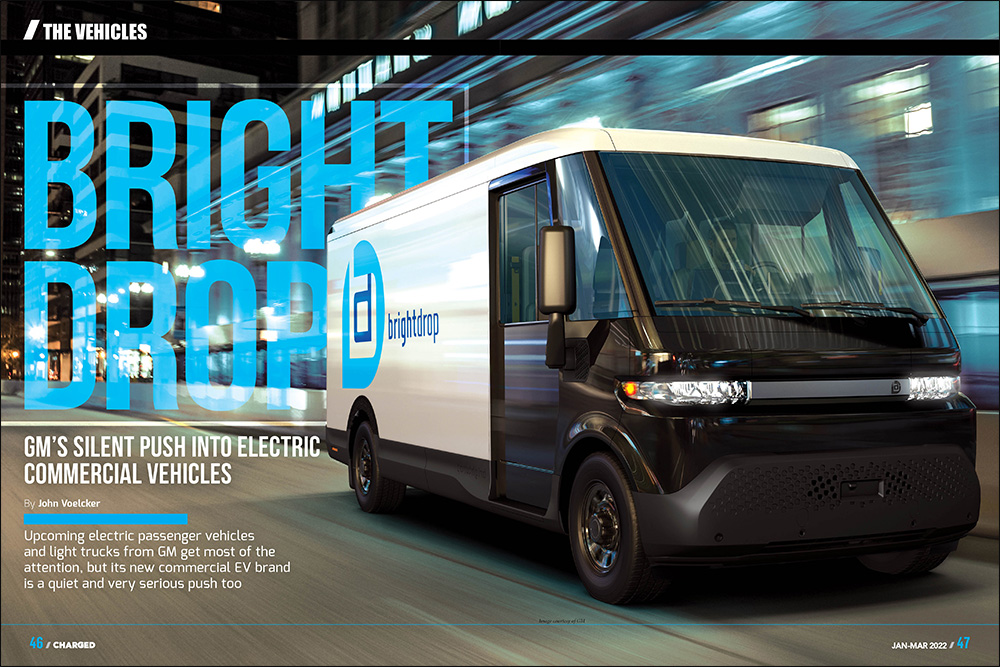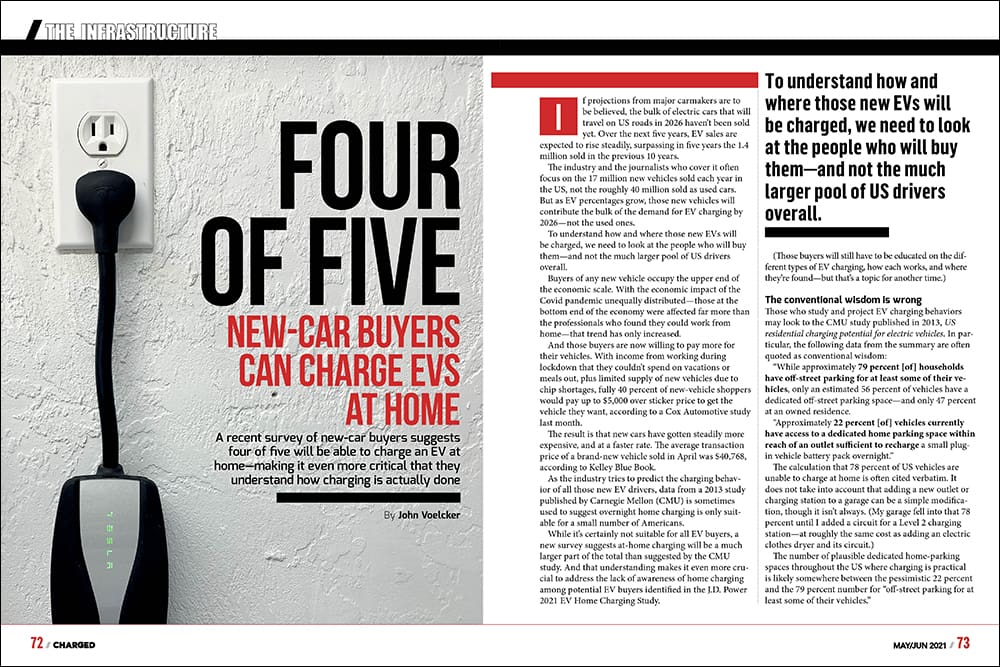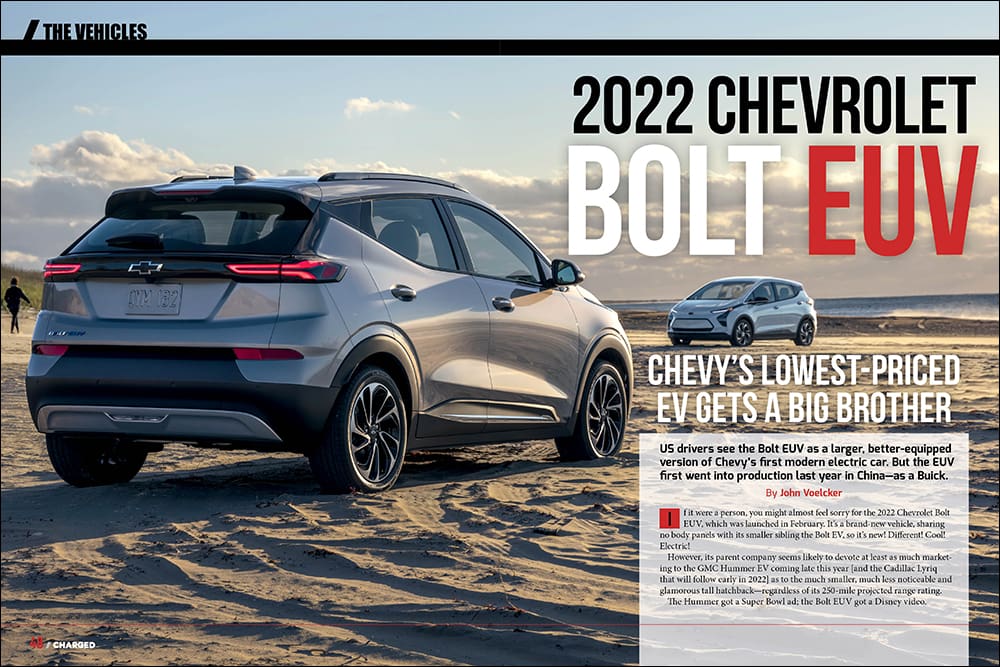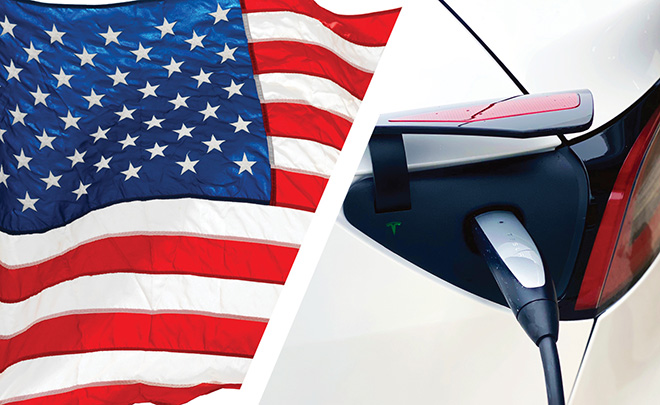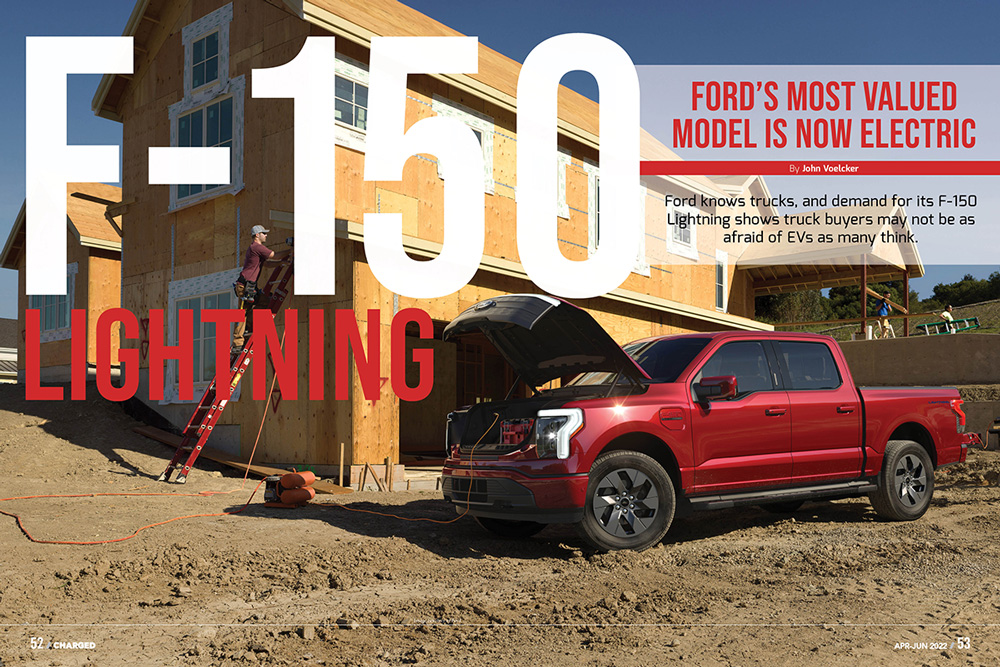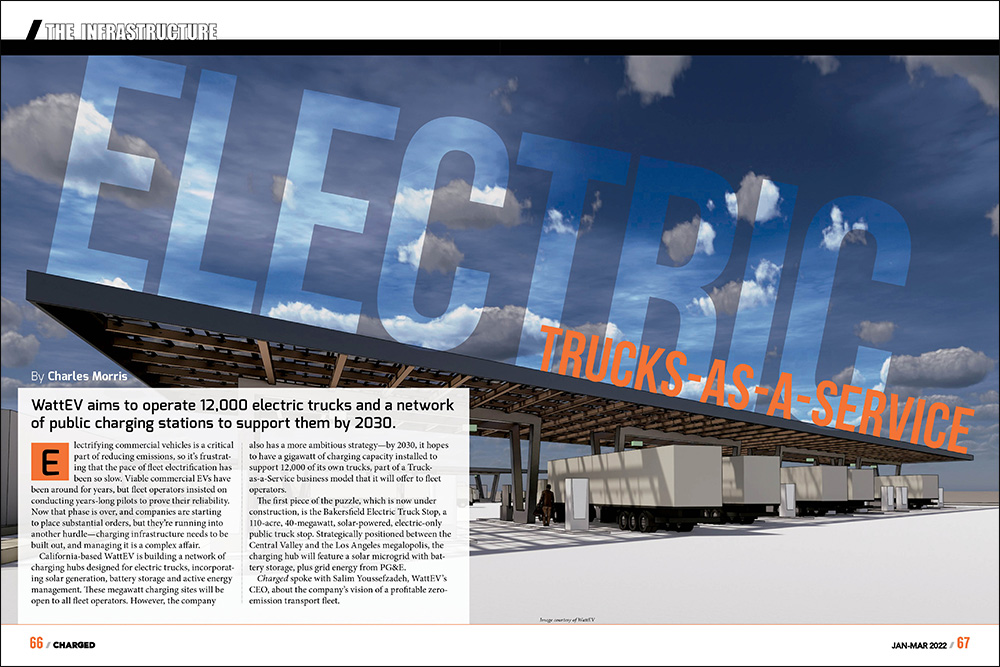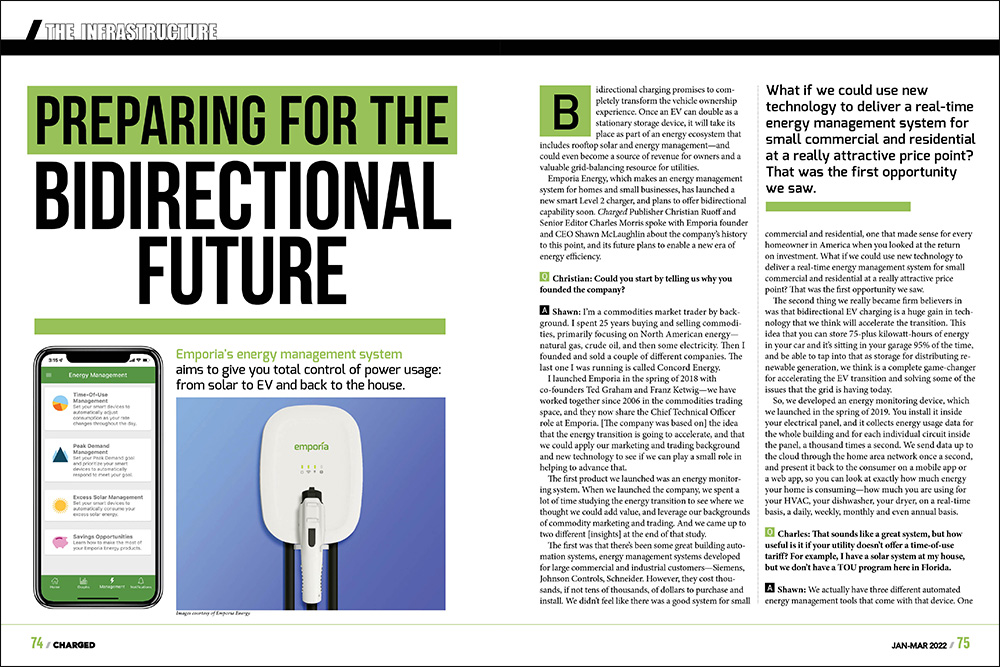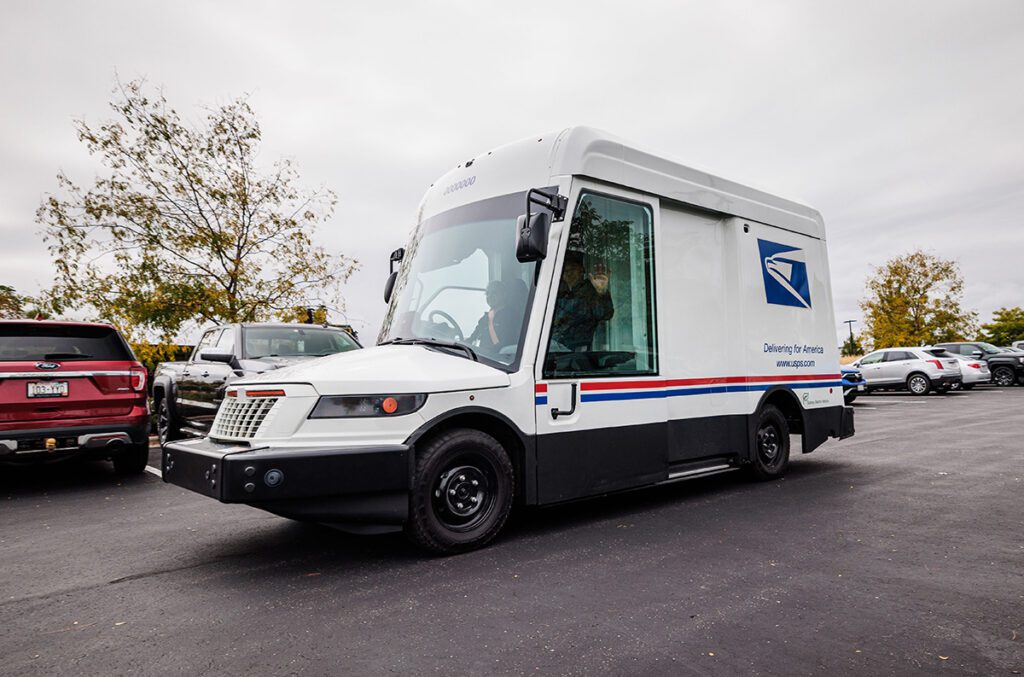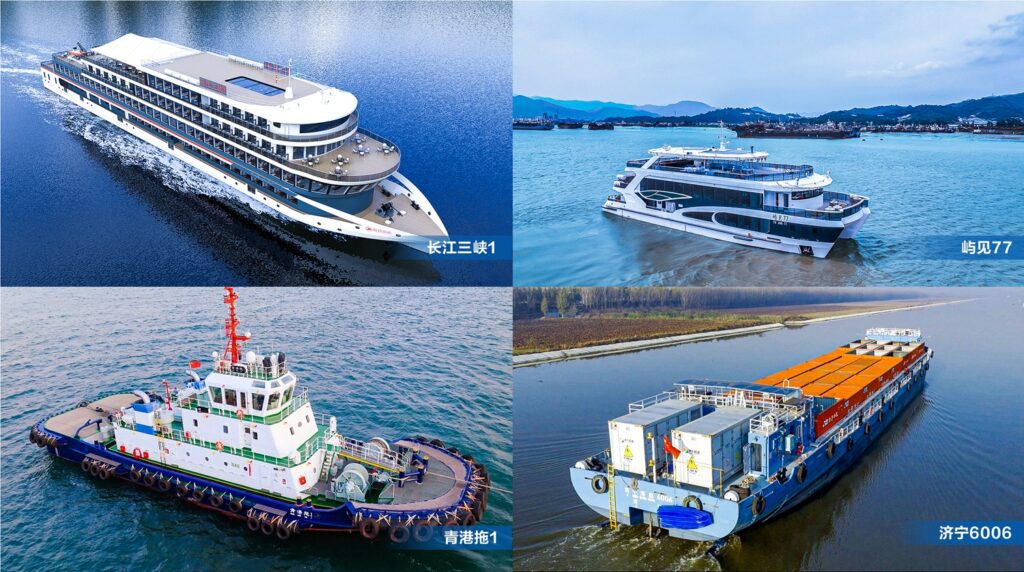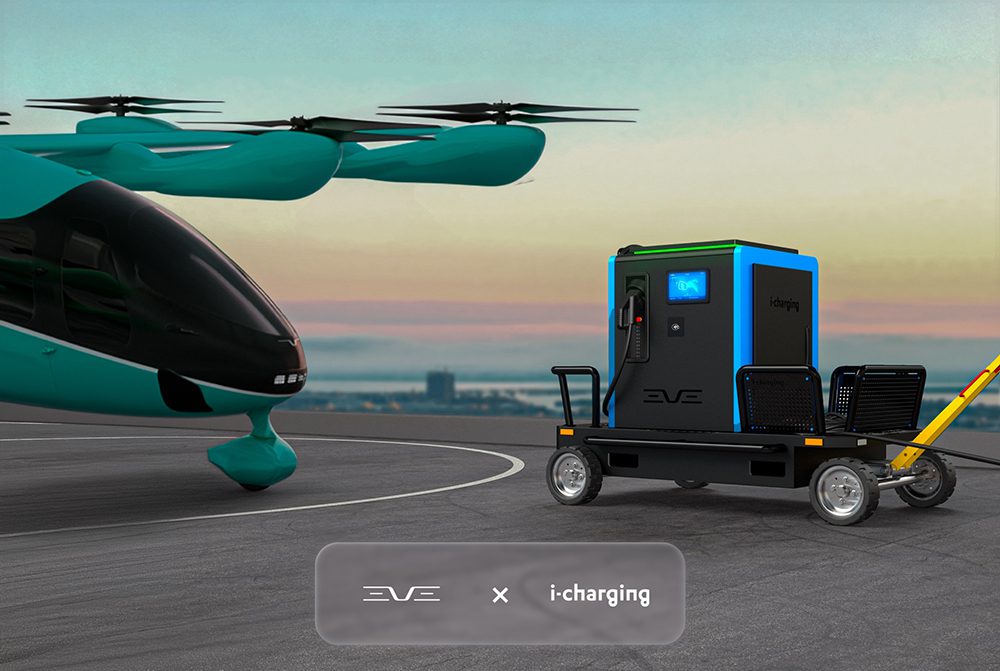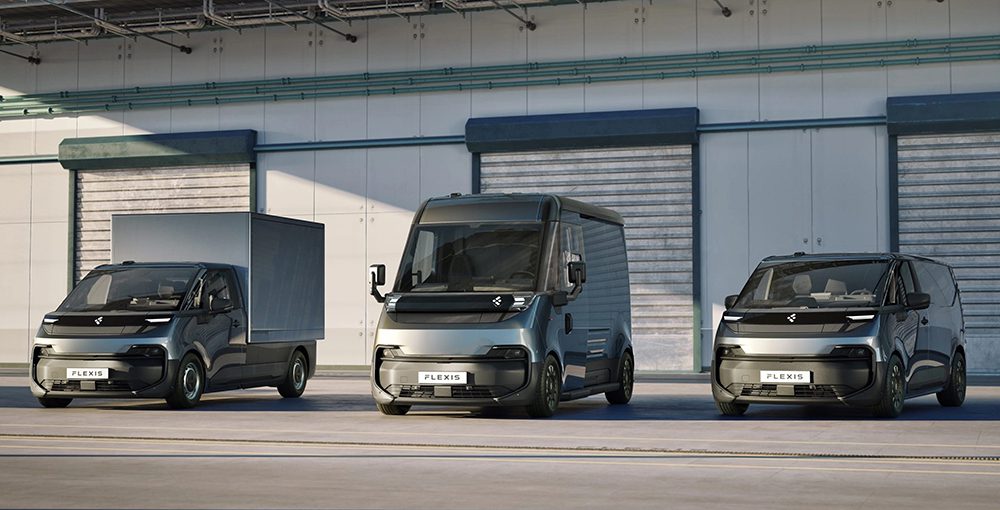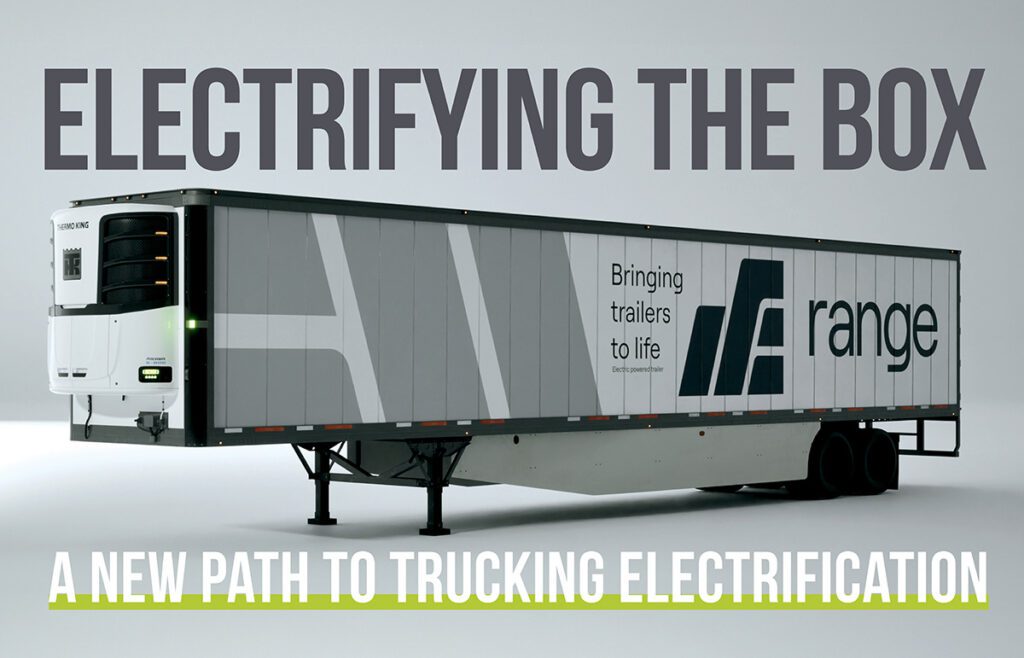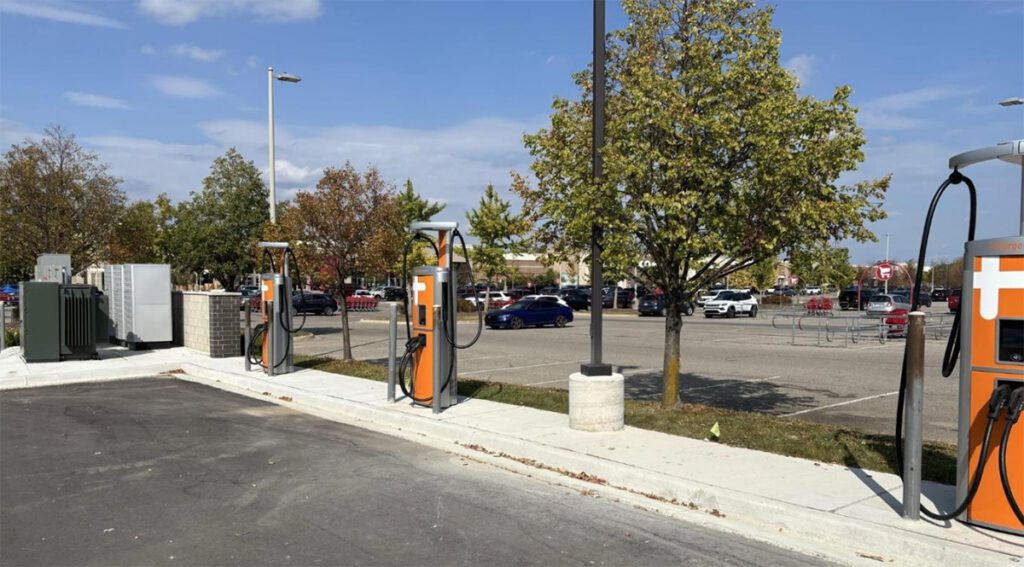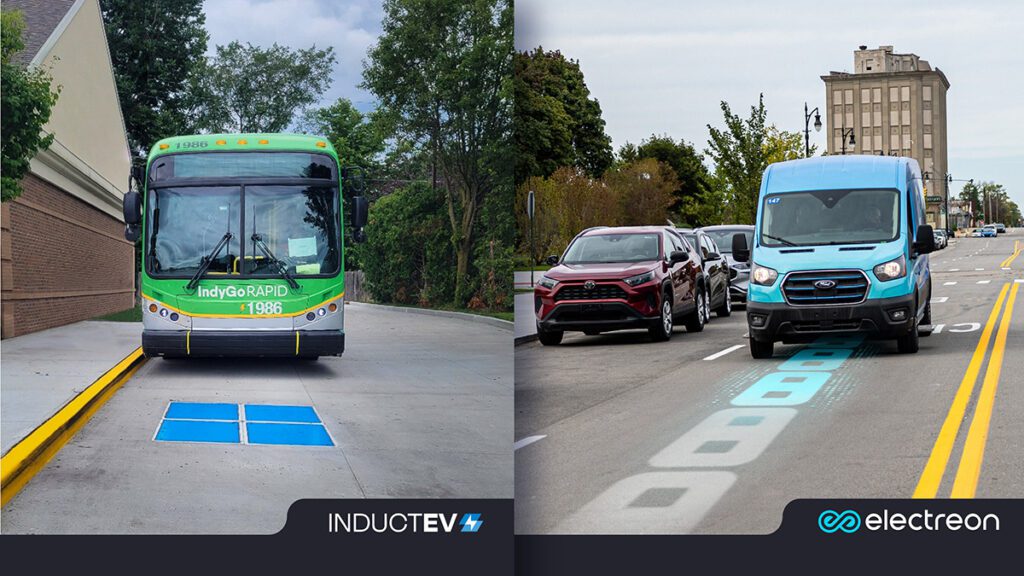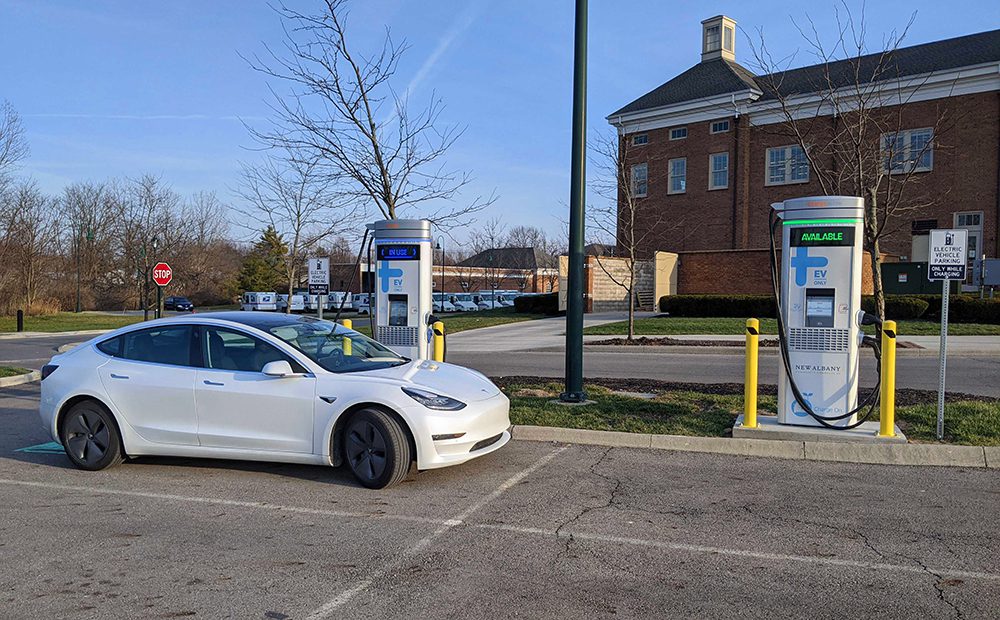As vehicle fleets electrify, they need help with their charging infrastructure, and an ecosystem of companies is developing to meet the demand. The range of offerings is complex and ever-changing—some companies offer one piece of the charging equation (hardware, installation, operations), while others offer turnkey packages that might include not only EVSE, software and services, but even the trucks themselves.
There’s also a range of types of companies getting into the fleet charging market, from charge point operators to hardware manufacturers to automakers to oil companies (hmm, wonder what their intentions are…).
On the whole, this is a good thing. The explosion of new life forms is driving innovation, and fortunes will be made (we hope) and lost (several already have been). However, the vast and varied landscape of solutions can be confusing, and it’s difficult for fleets to compare providers when each one seems to be offering a different menu of products and services.
Voltera, a provider of Charging Infrastructure as a Service, has frequently been asked how its business model compares to that of other players in the market, so the company decided to publish a guide to the various types of offerings that are out there.
In Playbook: Finding the Right Solution for Fleet Electrification at Scale, Voltera explains the segments of the EV charging infrastructure ecosystem, provides examples of existing firms in each category, and assesses the pros and cons of each model for different types of customers.
Fleet charging solution providers fall into five main categories (of course, some firms fit into more than one): charging networks; Charging as a Service; Charging Infrastructure as a Service; Fleet as a Service; and real estate owners.
Charging networks, aka charge point operators or CPOs, (e.g. Electrify America, EVgo, Tesla) offer public charging stations within metro areas and along transport corridors.
Charging as a Service providers (e.g. bp pulse fleet, ChargePoint, Shell Recharge Solutions) install dedicated charging points on the customer’s premises, which they may also operate and maintain. For example, California-based OK Produce contracted with bp pulse fleet to deploy a charging solution for the company’s 10 Freightliner electric Class 8 trucks and 3 Orange EV terminal tractors. (This is one of 10 electric truck case studies presented in a recent Charged webinar.)
Fleet as a Service companies (e.g. Forum Mobility, Inspiration Mobility, WattEV) take Charging as a Service a step further—in addition to infrastructure, they also provide the vehicles, along with their financing and insurance.
Real estate owners (e.g. EQT Exeter, Pilot, Prologis) are adding EV charging solutions to their properties to serve new and existing customers. Two very different examples are Prologis, an operator of logistics centers; and Pilot, which operates Pilot and Flying J travel centers (truck stops).
Charging Infrastructure as a Service (e.g. Gage Zero, MN8 Energy, TeraWatt, Voltera) is the full infrastructure package—a turnkey solution that includes site acquisition, site development, hardware deployment, operations and maintenance.
Voltera’s Playbook includes a detailed discussion of which solutions are appropriate for which types of fleet customers. For any fleet operator planning an electrification project, this comprehensive report is well worth reading in its entirety.
Source: Voltera






